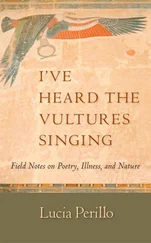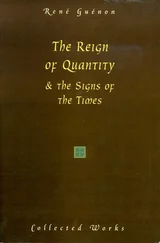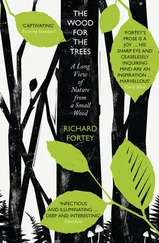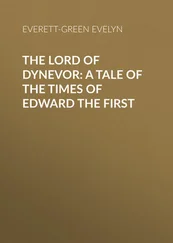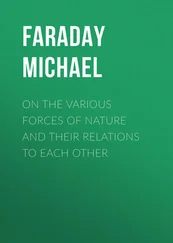THE TIMES
A year in
Nature Notes
Derwent May
Cover
Title Page THE TIMES A year in Nature Notes Derwent May
Preface
January
February
March
April
May
June
July
August
September
October
November
December
Index
Copyright
About the Publisher
 Preface
Preface
I BEGAN WRITING Nature Notes for The Times in 1981. They first appeared in a back-page section called The Times Information Service, which had been set up by the new editor at that time, Harold Evans. They appeared every Monday morning, and consisted of a thumbnail sketch of the events of the week in nature: "First blackbirds are singing...Blue tits are pairing...Oak buds are bursting". I often used to dictate them over the phone on Sunday afternoons. They were moved to other parts of the paper several times, and were sometimes held over until Tuesday, but never missed a week.
In February 2002, they became a daily feature in the new Register section of the paper, appearing every morning from Monday to Friday. Inevitably, that meant a slight change of character for them. Even in the heady weeks of spring and early summer, to have included eight to twelve species of bird, butterfly or flower in Monday’s notes would have left a certain paucity of material for the rest of the week – not to mention the problem that would have arisen in the almost unchanging days of late December.
So in these daily notes, I give a rather fuller account of what is happening to some of the various creatures and plants mentioned. The principle behind the notes nevertheless remains the same. I try to give a brisk, vivid rundown of what readers may hope to see and hear if they go out into the garden or the countryside each morning. The present book is based on these daily Nature Notes. They are still called by that name, and still signed by the initials DJM.
Of course every year is different, with early springs and cold springs, stormy Octobers and placid Octobers. So this book portrays a hypothetical year, yet one based very closely on real, observed events. Among the seasonal variations I provide some frosty and windy spells early in the year, and some late autumn sunshine.
The timing of events also varies in different parts of the country, between east and west, and north and south. However, it would have been absurd to try to write about an average year for the whole country, so, as in the paper itself, I write about southern England, where I live. Readers in the North of England or Scotland, or in the West of England or Wales or Ireland, know this, and smile smugly or nod ruefully as they note the differences between where I live and where they live. I do also send the notes out on regular excursions from time to time, describing birds or flowers that are only found in Scotland, for example.
One other point about differences is that in the course of the last 20 years, some spring events have started taking place slightly earlier. I was not noticing silver catkins on the sallows in January 20 years ago, for instance, and the first chiffchaff was more often reported in the last week of March than in mid-March. Nevertheless, the change has not been so marked as some newspaper reports every spring suggest. There were always early bumblebees buzzing about in February, always some early swallows dying of starvation, always a few hawthorn – or may – hedges with flowers at the beginning of April.
Yet another difference is the change in numbers of some species, especially of birds. Although it is still not hard to find them, skylarks, yellowhammers and grey partridges have all become distinctly less common out in the cornfields. At the same time, the beautiful and once-rare little egret has become a familiar bird on marshes and estuaries.
At any rate, I hope this book will prove useful to readers in suggesting what they may hope to find going on in the countryside if they venture out, or in giving them a picture of what they are missing if they stay in.
My thanks to the successive editors of The Times over these years for publishing me, and in particular to the present editor, Robert Thomson, for permitting me to reprint the Nature Notes in this book. Thanks too to Peter Brown for his illustrations, and to the editor of the Register, Ian Brunskill, for his unfailing support.
Derwent May
January
 1st January
1st January 
MANY TREES ARE quite easy to identify even in winter when they are without their leaves. Oak trees have a very distinctive shape, with broad, spreading branches that switchback up and down. Their bark, too, is easily recognisable: it is as if the trunk were covered in small, slender tiles, each about twice as long as it is broad. Lime trees have branches that bend gracefully downwards, and very often have swellings on their trunks with reddish shoots growing out of them.
Beeches are best recognised by their smooth grey bark and very sharp buds. They can grow tall and magnificent. Hornbeams also have sharp buds, but their bark is quite different: it generally has twisting silvery-grey patterns on it, as if smoke had settled on the trunk and frozen there.
Hedge sparrows are singing occasionally in low bushes: it is a thin song but has its sweet notes. They were once called hedge accentors and are now more often called dunnocks. They are not related to house sparrows: they have a thin, insect-eating bill, not a broad, seed-eating bill. At a glance they seem dull birds, but when the sun brings out their soft, bluish-grey head and striped chestnut back they look quite handsome.
 2nd January
2nd January 
WHERE THE FARMLAND hedges have not been cut, tall ash saplings are growing out of them and standing up like little flagpoles. They have very smooth bark, and already have the black, claw-shaped leaf buds on them. Blackthorn bushes are putting out long, drooping shoots at the side of the hedges: they end in a sharp spike. Here and there a solitary blue sloe can still be seen. A few green convolvulus leaves are also still trailing over the hedgetops.
On spindle trees, the pink casing of the fruits has dried up to look like brown paper, while the orange berries that were hidden inside are now exposed but are still clinging on. Weeping willows are changing colour and falling at last. The grass or the water beneath is covered with long narrow leaves, yellow on one side, silvery-grey on the other.
Sometimes in the fields one sees a little flock of small, streaky-brown birds that fly up in an odd way, as though they were mounting a flight of stairs. They make a thin, piping call as they go. These are meadow pipits, which are in fact only found on farmland – and on ploughed land, rather than in meadows – in the winter. They nest mainly on moors and marshes.
3rd January 
Читать дальше
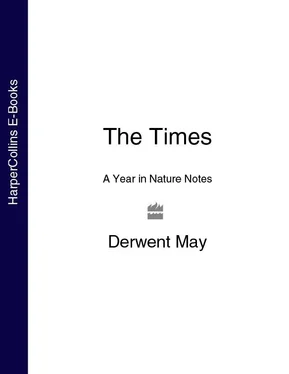
 Preface
Preface